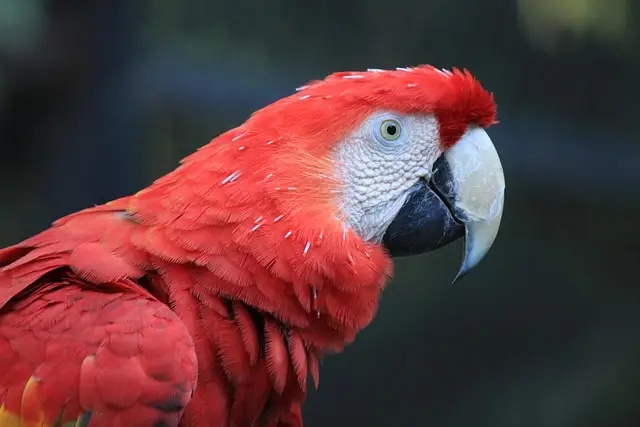Oxygen is one of the most important things living creatures need to stay alive. Most animals, including humans, need to breathe oxygen every moment. Without it, their bodies stop working, and they can die in minutes. But some incredible animals have found ways to survive without oxygen for hours or even much longer! These special animals live in places where oxygen is hard to find, like underwater or in mud, and they have amazing tricks to keep their bodies alive. Let’s learn about seven animals that can survive without oxygen for a long time.
1. Painted Turtle – The Slow Breath Master
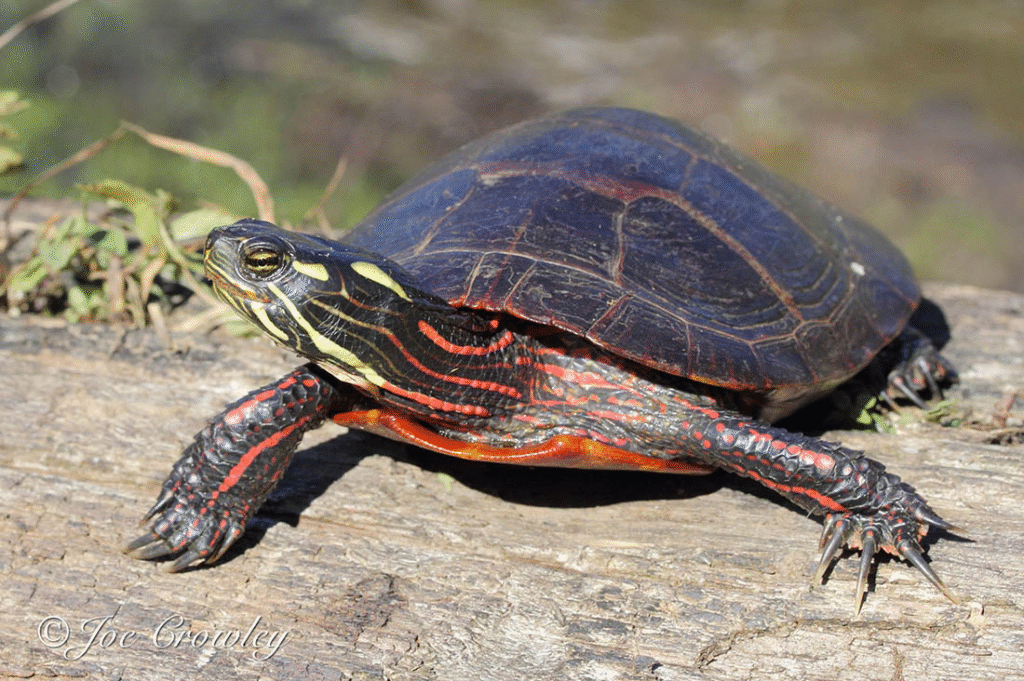
The painted turtle is a type of freshwater turtle that lives in lakes and ponds in North America. These turtles have a cool ability to hold their breath for a very long time. When winter comes, they don’t swim away; instead, they hibernate underwater under ice-covered lakes.
During hibernation, the painted turtle’s heart beats very slowly—only a few times per minute! Their bodies almost “shut down” and don’t need much oxygen. They can survive underwater without breathing oxygen for up to four months.
How do they do this? The turtle’s body switches to a special process that doesn’t need oxygen to make energy. Also, they store chemicals in their muscles that stop acid from building up when oxygen is low. This amazing skill helps painted turtles survive harsh winters when other animals might freeze or starve.
2. Crucian Carp – The Fish That Can Swim Without Air
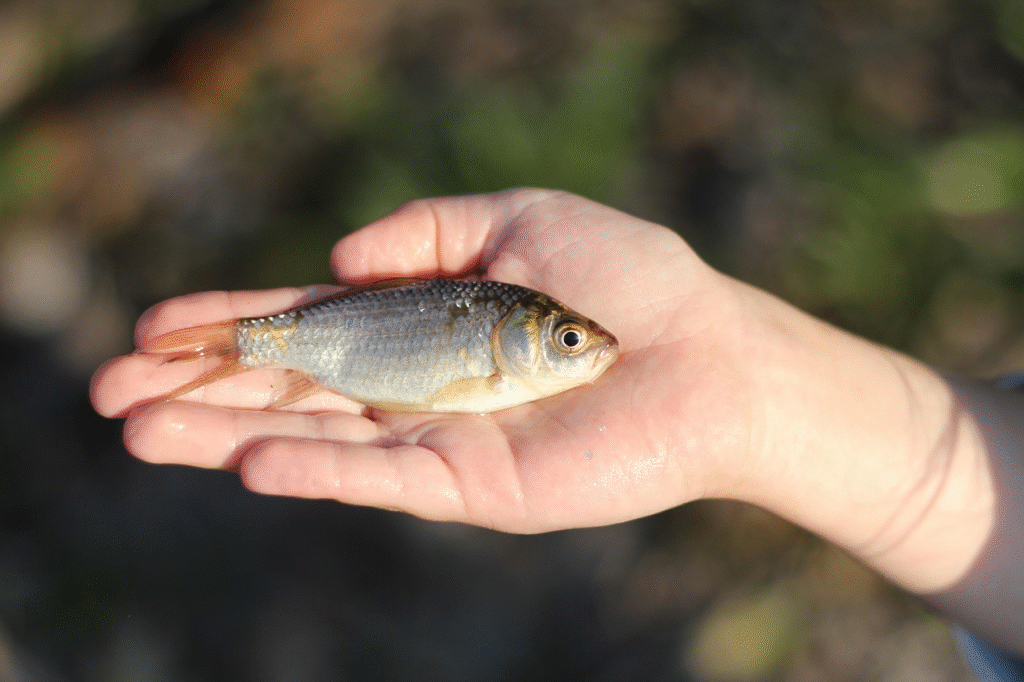
The crucian carp is a fish that lives in ponds and lakes across Europe and Asia. In winter, when ponds freeze over, the oxygen in the water becomes very low. Most fish would suffocate, but the crucian carp can survive without oxygen for weeks!
Instead of breathing oxygen, crucian carps use a special trick. When oxygen runs out, their bodies turn their muscles into alcohol! This might sound strange, but it stops harmful waste from building up inside them. The alcohol slowly leaves their bodies, keeping them safe.
Because of this, crucian carps can live in frozen ponds when other fish cannot. This is one of nature’s coolest survival tricks.
3. Water Scorpion – The Bug That Holds Its Breath
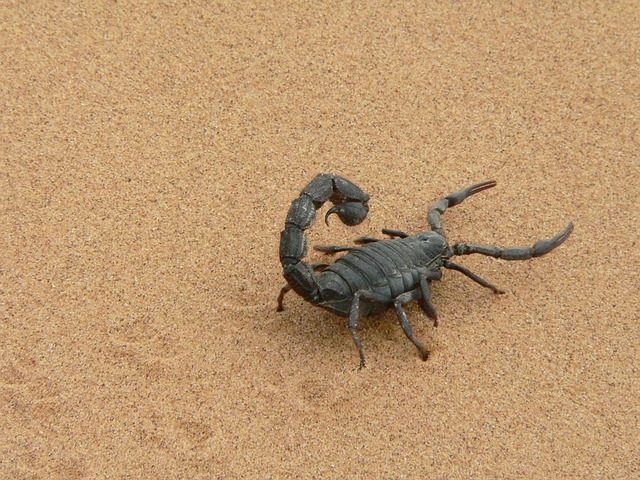
Water scorpions are insects that live in freshwater ponds and streams. They look scary, with long bodies and a tail that acts like a breathing tube.
Water scorpions breathe air through the tail, which they stick above the water surface. But sometimes, they can’t reach air for a long time. When this happens, they slow down their body functions and use the tiny air bubbles trapped in plants and mud under the water.
By using very little energy and holding onto trapped air, water scorpions can survive without fresh oxygen for hours. This helps them hide from predators and survive in places where oxygen is low.
4. African Lungfish – The Mud Sleeper
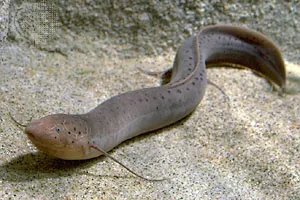
The African lungfish is a special fish found in rivers and lakes in Africa. It has lungs and can breathe air like a frog! This helps it live in water with very little oxygen.
During dry seasons, when the rivers dry up, the lungfish digs into the mud and wraps itself in a slime cocoon. It stays inside this cocoon for up to a year without water or oxygen.
Inside, the lungfish’s body slows down so much that it hardly uses any oxygen at all. When the rain returns, the mud softens, and the lungfish wakes up and swims away.
This ability to survive without oxygen and water makes the African lungfish a true underwater survivor.
5. Brine Shrimp – The Tiny Time Travelers
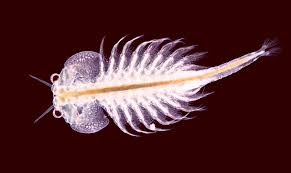
Brine shrimp are tiny crustaceans that live in very salty lakes and ponds. These lakes often dry up, leaving the shrimp eggs in the dry mud. The eggs can survive without water or oxygen for many years.
When the rains come and water returns, the eggs hatch, and tiny brine shrimp come back to life. Even adult brine shrimp can survive in water with very little oxygen by slowing their bodies down.
Because of this, brine shrimp live in some of the harshest places on Earth where few other animals can survive.
6. Icefish – The Antarctic Fighter

Icefish live in the cold waters around Antarctica. These waters are so cold that they hold very little oxygen.
Unlike most fish, icefish don’t have red blood cells. Instead, their blood is clear and carries oxygen in a different way that works well in cold water. Their bodies can keep oxygen flowing even when there is very little in the water.
Icefish can live and swim in freezing water with almost no oxygen, which makes them unique survivors of the harsh Antarctic environment.
7. Sea Cucumber – The Ocean Floor Breather
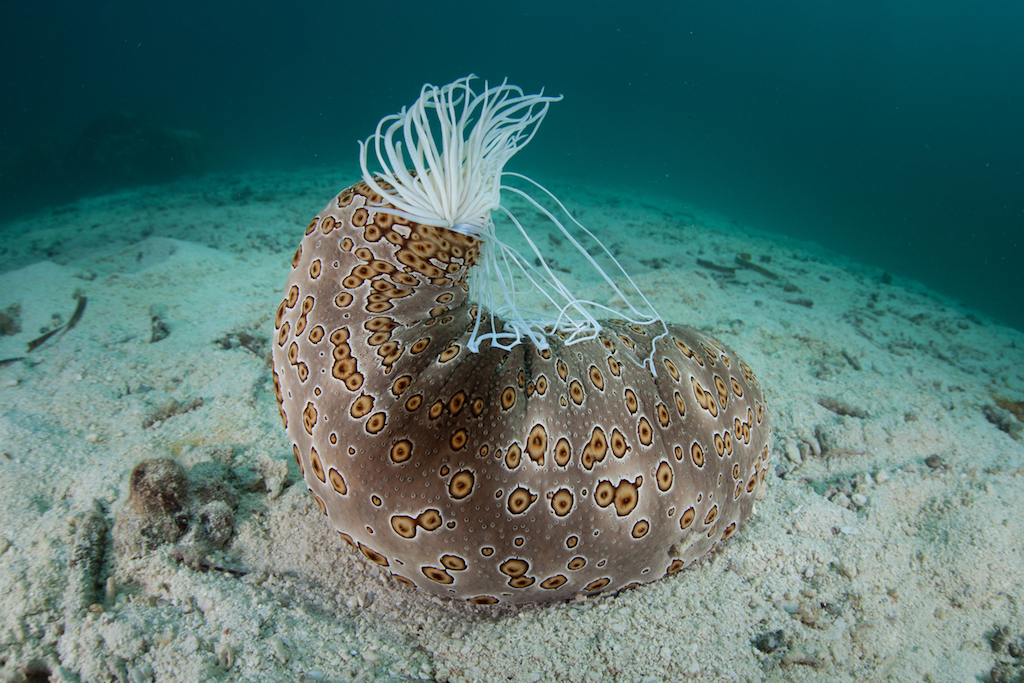
Sea cucumbers are strange-looking animals that live on the ocean floor. They don’t have lungs or gills like fish, but they breathe by sucking water into their bodies.
When oxygen is low, sea cucumbers slow their heart rate and reduce how much energy they use. They can store oxygen inside their bodies and survive without fresh oxygen for hours.
Sea cucumbers also stay very still during these times to save oxygen, making them excellent survivors on the ocean floor where oxygen levels can drop.
How Do These Animals Survive Without Oxygen?
Most animals need oxygen to create energy in their bodies. This process is called respiration. When oxygen isn’t available, cells can’t work properly, and the animal dies quickly.
But these special animals have found ways to change how their bodies work when oxygen is missing. Some slow down their heart and brain, some use different chemicals to avoid damage, and some can even switch to other ways to make energy.
Scientists study these animals to learn more about how life can survive in extreme places. Understanding these animals could also help doctors find new ways to treat people who have problems with oxygen, like during heart attacks or strokes.
Why Is This Important?
Knowing how animals survive without oxygen helps us understand life better. It shows us how strong and clever nature can be. These animals teach us about survival, adaptation, and hope.
The next time you hold your breath underwater or see a turtle swimming, remember these amazing creatures who can live without oxygen for hours, months, or even years. Nature is full of surprises!



